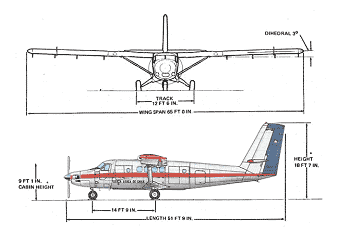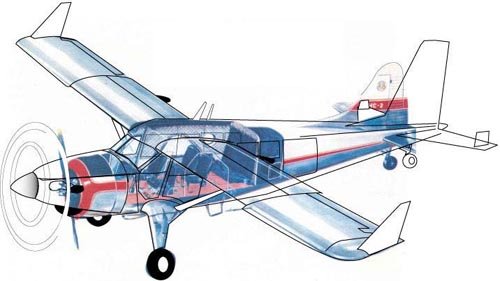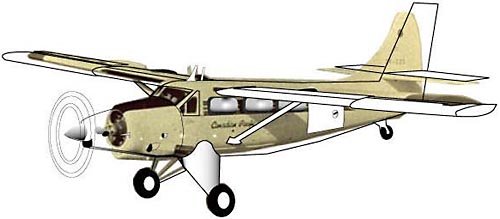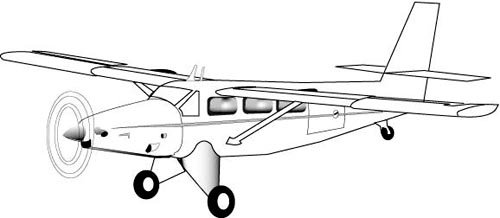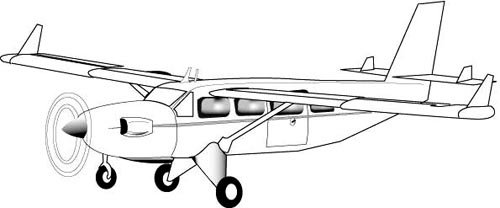- Joined
- 25 July 2007
- Messages
- 4,299
- Reaction score
- 4,198
These guys are a bit of a mystery. They popped up online in 2003 when BAC announced that they intended to re-start production of the DeHavilland Beaver and Otter in modified form and, later, the build a modernized version of the still-born Trident Trigull amphibian.
According to Flight International (08 April 2003), BAC "acquired Viking Air, which owns the production jigs and drawings for all three aircraft". I'm not sure that is accurate. Viking had bought jigs from DHC and made others to product Beaver/Otter parts. I doubt that any Trigull "production jigs" ever existed.
Images come from "Market Analysis: Next-Generation DHC-2 and DHC-3 and the Utility Aircraft Market" done by McNeal & Associates ( http://www.mcnealassociates.com/ ) a small, Richmond, BC-based aerospace consulting firm. I'm not sure if BAC or McNeal did the drawings.
At the time, BAC had grand designs including a production line in Kelowna, BC (at the former Western Star truck plant). The first produced would be a revised, PT6-powered Otter, followed by a Turbo Beaver (with the Orenda Recip V-8 as an alternative), and finally the modernized Trigull. But nowadays, almost all online mention of BAC had disappeared.
Viking Air has now relaunched a straightforward DHC-6-400 Twin Otter and also intends to build a new-production version of their Turbo Beaver conversion. No sign of any involvement by Beaver Aircraft Canada.
The BAC website is also long-gone but, from that site, is a front and side view of the Super Otter (attached). I'll cover the four main BAC concepts in separate posts.
According to Flight International (08 April 2003), BAC "acquired Viking Air, which owns the production jigs and drawings for all three aircraft". I'm not sure that is accurate. Viking had bought jigs from DHC and made others to product Beaver/Otter parts. I doubt that any Trigull "production jigs" ever existed.
Images come from "Market Analysis: Next-Generation DHC-2 and DHC-3 and the Utility Aircraft Market" done by McNeal & Associates ( http://www.mcnealassociates.com/ ) a small, Richmond, BC-based aerospace consulting firm. I'm not sure if BAC or McNeal did the drawings.
At the time, BAC had grand designs including a production line in Kelowna, BC (at the former Western Star truck plant). The first produced would be a revised, PT6-powered Otter, followed by a Turbo Beaver (with the Orenda Recip V-8 as an alternative), and finally the modernized Trigull. But nowadays, almost all online mention of BAC had disappeared.
Viking Air has now relaunched a straightforward DHC-6-400 Twin Otter and also intends to build a new-production version of their Turbo Beaver conversion. No sign of any involvement by Beaver Aircraft Canada.
The BAC website is also long-gone but, from that site, is a front and side view of the Super Otter (attached). I'll cover the four main BAC concepts in separate posts.

